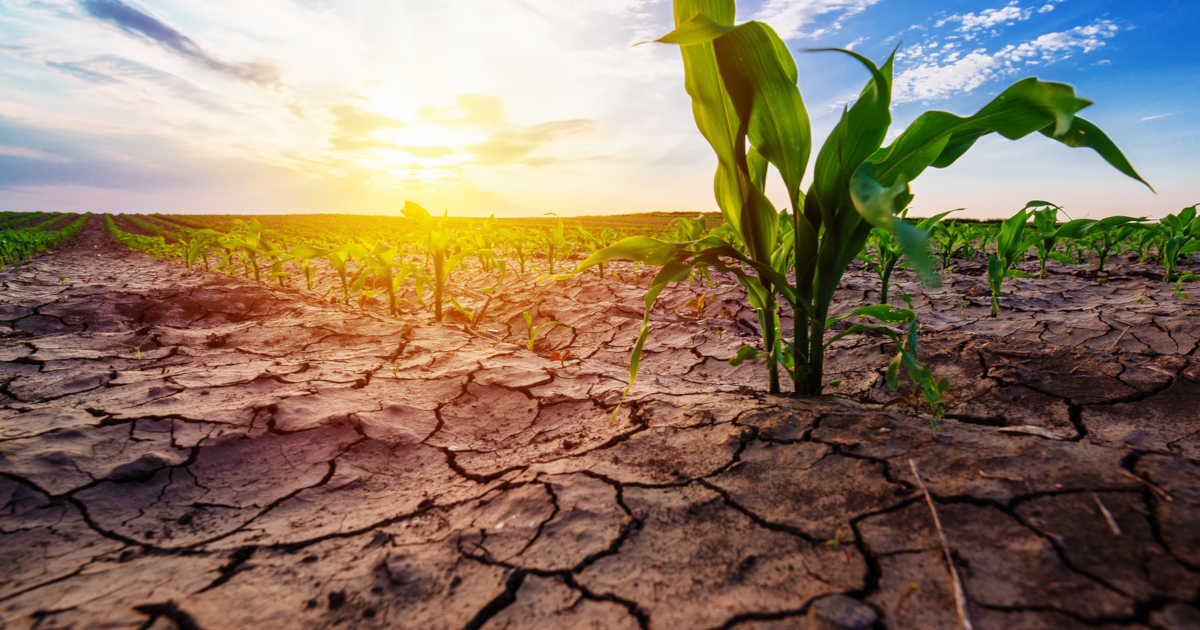
How to Green Our Parched Farmlands and Finance Critical Infrastructure
Congress has passed two major infrastructure bills in the last year, but imminent needs in infrastructure funding remain. The 2021 Bipartisan Infrastructure Law chiefly focused on conventional highway programs, and the Inflation Reduction Act of 2022 (IRA) mainly centered on energy security and combating climate change.
April 1, 2023 | Source: PopularResistance.org | by Ellen Brown
Congress has passed two major infrastructure bills in the last year, but imminent needs in infrastructure funding remain. The 2021 Bipartisan Infrastructure Law chiefly focused on conventional highway programs, and the Inflation Reduction Act of 2022 (IRA) mainly centered on energy security and combating climate change. According to the American Society of Civil Engineers (ASCE), over $2 trillion in much-needed infrastructure is still unfunded, including projects to address drought, affordable housing, high-speed rail, and power transmission lines. By 2039, per the ASCE, continued underinvestment at current rates will cost $10 trillion in cumulative lost GDP, more than 3 million jobs in that year, and $2.24 trillion in exports over the next 20 years.
Particularly urgent today is infrastructure to counteract the record-breaking drought in the U.S. Southwest, where 50% of the nation’s food supply is grown. Subsidies for such things as the purchase of electric vehicles, featured in the IRA, will pad the coffers of the industries lobbying for them but will not get water to our parched farmlands any time soon.
